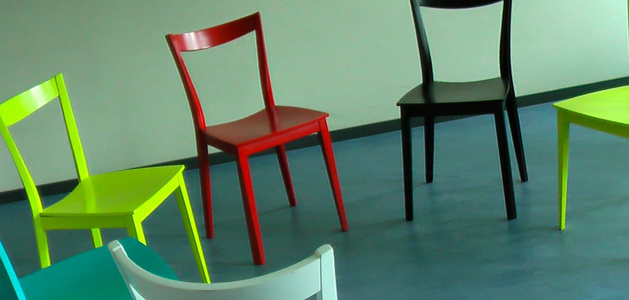
Choose the formats and questions that match your needs and goals

Circles are a restorative practice that helps to build and restore relationships through equal sharing and listening. During circles, everyone shares and there is no discussion, feedback, or judgment. All students get an opportunity to speak, but the only person who gets to speak at any moment is the student holding the object that indicates they have the floor.
Restorative circles give all students a voice and result in the sharing of more perspectives. Participants benefit from being able to process their thoughts and feelings while waiting their turn to speak.
This practice first originated as a way to have people gather after conflict to discuss an event, the impact it had, and to initiate solutions to make things right again and restore the community.
You can use circles to proactively build relationships and forge connections for a stronger learning community. If you are implementing project-based learning, or any form of group project, circles can help you connect a team; building empathy between team members and helping to avoid potential issues before they arise.
If you already use circles, your students will know how to apply the protocols in small groups. If circles are a new practice, be sure students understand the way they work (one speaker at a time, no discussion, what is said in the circle remains in the circle).
Circles work when there are shared values and respect. If you are just getting started, establish norms for behavior as well as action. Make the first circle experiences safe by kicking off with a non-threatening question, music with posted lyrics, or a fun quote.
A whole-class sequential circle, where every student speaks, is a great way to explore a range of ideas and experiences. This helps all students think more deeply about collaboration and fosters the development of successful team behaviors. Consider questions like:
Use a small-team sequential circle to bust assumptions, extend thinking, and build trust between team members. Consider questions like:
In a fishbowl restorative circle, some students are actively participating in an inner circle, with additional students listening, supporting, and offering advice around the outside. Use this type of restorative circle when there are issues or disagreements on a team.
As always, students in the circle take turns sharing their experiences and feelings about an event or issue. Students on the outside listen and can help offer additional information, new ideas, and suggestions... if, and only if, called upon by the person who is speaking. Consider questions like:
You can use restorative circles to check-in and prompt reflection with individual team members, or to get the group to reflect on their working as a whole.
For a focus on individual performance and reflection, ask questions like:
For a focus on group performance and reflection, ask questions like:
While it is wise to use restorative justice circles to resolve harmful behaviors, there are so many other benefits to using them to prompt deeper thinking and build positive team behaviors.
Once students get used to the process, the benefits become obvious. A student from Boise State describes it well, "The process itself is one that I think everyone should adapt into their everyday conversations they have with their friends and family and other people around them. It makes you feel listened to, encourages you to listen to others and be very thoughtful and considered in your responses."
Any time you need to build community and set up teams for successful group work, restorative circles can help. Choose the type of circle and the stage-appropriate questions that will help elicit the thinking and reflection you want to occur for your learners.
Creative Educator can help you bring project-based learning to your school.
Learn MoreFive ideas for creative classroom centers
Creative, digital book reviews
Fun and powerful ideas with animated characters

Wixie
Share your ideas, imagination, and understanding through writing, art, voice, and video.

Rubric Maker
Create custom rubrics for your classroom.

Pics4Learning
A curated, copyright-friendly image library that is safe and free for education.

Wriddle
Write, record, and illustrate a sentence.

Get creative classroom ideas delivered straight to your inbox once a month.
Topics